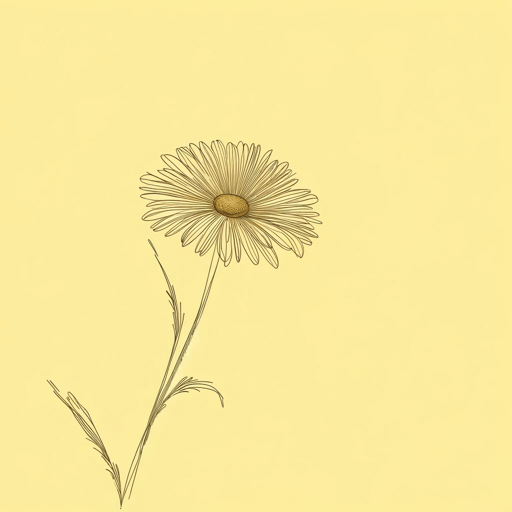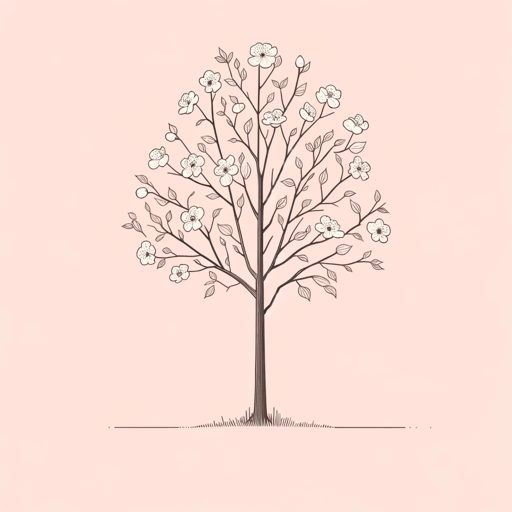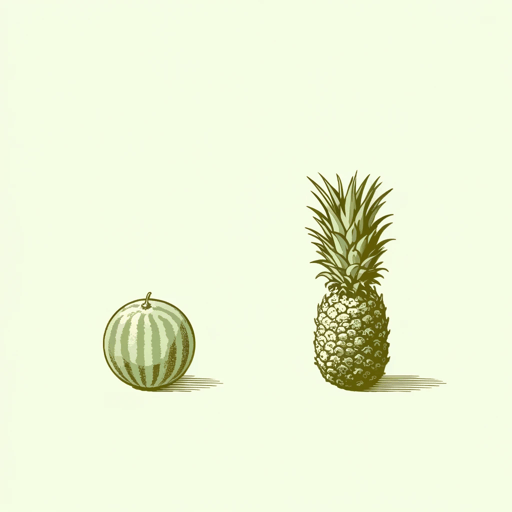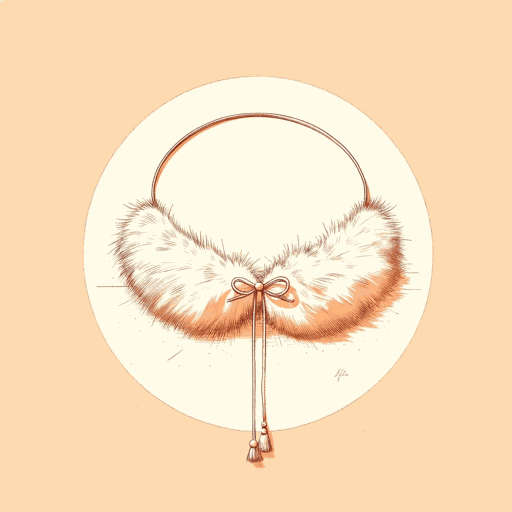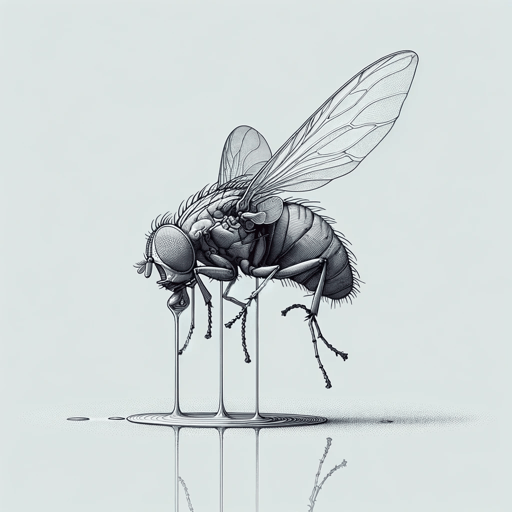56 pages • 1 hour read
Katherine MansfieldThe Garden Party
Fiction | Short Story | Adult | Published in 1922A modern alternative to SparkNotes and CliffsNotes, SuperSummary offers high-quality Study Guides with detailed chapter summaries and analysis of major themes, characters, and more. For select classroom titles, we also provide Teaching Guides with discussion and quiz questions to prompt student engagement.
Summary and Study Guide
Summary: “The Garden Party”
Katherine Mansfield’s “The Garden Party” was published in her 1922 short story collection The Garden Party and Other Stories, and many critics consider it the best example of her renowned prose style. Like many Modernists, Mansfield was most interested in rendering not objective realities but characters’ subjective perspectives; her third-person narrators often have intimate insight into a character’s interior world, to the extent that the narrative voice embodies elements of that character’s psychology. The world of “The Garden Party” is therefore rendered with a fanciful sensitivity that seamlessly empathizes with its young protagonist. This study guide cites this online version from the Katherine Mansfield Society.
The story is told from a third-person perspective; however, the narrator has particular insight into the thinking of the protagonist, Laura.
The story starts with a pleasant and positive tone as the reader learns that the Sheridan family will hold their annual garden party later that day. The mother (Mrs. Sheridan) says that the children, rather than the adults, will host the garden party this year; as the first workmen arrive at the house to begin the preparations, the children decide amongst themselves that Laura, “the artistic one” (1), will direct the workmen.
In her interactions with the workmen, Laura is uncertain whether to behave more businesslike (like Mrs. Sheridan does) or in her natural manner as a “little girl,” but she settles upon the former and instructs the workmen to find a suitable location for the marquee. One of the workmen, who looks tired, asks Laura about her family’s plans to have a band for their party: “‘Only a very small band,’ said Laura gently. Perhaps he wouldn’t mind so much if the band was quite small” (2). Reviewing the vast Sheridan property, the workmen decide that the marquee will be set up in front of the tropical karaka-trees. One of the workmen tells Laura this is the best location because it is the most conspicuous and dramatic: “You see, with a thing like a marquee, […] you want to put it somewhere where it’ll give you a bang slap in the eye, if you follow me” (2). Laura wonders momentarily whether his slang is impolite, but she certainly understands his reasoning. One of the men bends down to pick a tiny sprig of lavender, daintily bringing it to his nose and inhaling the aroma. Laura is moved by this small detail. She notes to herself how much nicer these workmen seem as opposed to the boys in her social circle, and she begins to ponder these “absurd class distinctions” (2) between herself and the workmen. Just then, she is called back into the house for a telephone call from her friend.
The party preparations are in full swing as the narrative follows Laura through her interactions with family, friends, and the house servants. Despite Mrs. Sheridan’s previous statement about letting the children run the show, she is at the center of the party preparations, directing the florist’s delivery of a profusion of canna lilies and instructing the children to assist her in labeling the sandwiches. Laura affectionately points out to her mother that she earlier said the children would organize the festivities, but Mrs. Sheridan jokes about herself being illogical: “My darling child, you wouldn’t like a logical mother, would you?” (4). Jose, one of Laura’s sisters, imitates Mrs. Sheridan by also instructing the servants with various duties as she prepares to sing a song for the party later in the evening. As the piano begins playing, Jose’s expression morphs instantaneously into an affected melancholy, and she bursts into song, entitled “This Life is Weary”:
This Life is Wee-ary
A Tear—a Sigh.
. . . . . . . . . . . . . . . .
This Life is Wee-ary
Hope comes to Die.
A Dream—a Wa-kening (4-5).
After practicing for her solo, Jose casts off her mournful stage persona as abruptly as she adopted it. She and Laura then sample the fresh delivery of cream puffs, despite being “far too grown-up to care about such things” (6).
After enjoying their cream puffs, Jose and Laura learn from the delivery man that there’s been an accident. Mr. Scott, a man who lived in one of the cottages outside the gate, died when his horse got scared; he was thrown from his horse and struck his head. Worse yet, he had a wife and five children. Horrified, Laura immediately suggests to Jose that they cancel the garden party; Jose, equally horrified at this suggestion, says Laura is being ridiculous and tells her not to be “so extravagant.” She then infuriates Laura by saying that Mr. Scott was probably drunk, and she retorts that if Laura wants to “stop a band playing every time some one has an accident,” then she will have a “strenuous” life (7).
Frustrated yet determined, Laura goes to her mother to report the news and suggest the party be canceled. Mrs. Sheridan’s immediate concern is whether the man died within the garden; however, after Laura explains that the death occurred outside the gates near the less-affluent cottages, her mother’s tone changes to one of relief. Like Jose, she insists on continuing with the party, warning Laura not to “spoil everybody’s enjoyment” (8), since it is unrealistic to cancel a party over a simple accident that was outside of the walls of the house. She distracts Laura by placing a new hat on Laura’s head—a large, sumptuous black hat with gold daisies around the trim and a flowing black velvet ribbon. After admiring her appearance in the mirror, Laura worries that Jose was right to call her anxieties “extravagant,” and she resolves to forget the death until after the party. When her brother Laurie arrives at the party, she decides to speak of the event to him, resolving that if her brother has the same opinion as her family, then the party would be permissible; however, when he sees her, he immediately compliments her hat and she loses her nerve to broach the topic.
The party is an overall success, with many guests complimenting Laura’s appearance. After the last guest leaves, the Sheridan family sit down to rest under the marquee. Mr. Sheridan brings up the news of the death, and while Mrs. Sheridan initially reacts disapprovingly to his remark, she then has the idea to fill a basket with food—all the sandwiches, cream puffs, and more that wasn’t eaten at the party—and take it to the widow and surviving children. Mrs. Sheridan instructs Laura to deliver the basket.
On her journey, Laura realizes that even while she approaches the site of Mr. Scott’s death at the bottom of the hill, she is still filled with the life and success of the party. However, as she navigates the unknown streets of the cottages below her house, she is very cognizant of her appearance, wishing she had changed her clothes first. She is especially self-conscious about her big hat with the velvet ribbon.
Thanks to a large gathering of mourners, she locates the Scotts’ house and tries to drop off the basket so she may return home; however, Laura is ushered into the house by the widow’s sister and finds herself face to face with first the grieving widow and then the dead man himself. As Laura stares at his body, it seems to her that he looks “peaceful,” as if “dreaming.” Overwhelmed with emotion, she cries and apologizes to him for wearing her hat. As she leaves the house, she runs into Laurie, who is looking for her. She rushes into his arms, overwhelmed from her experience. He asks her if it was “awful”: “‘No,’ sobbed Laura. ‘It was simply marvellous. But Laurie— […] Isn’t life,’ she stammered, ‘isn’t life—’ But what life was she couldn’t explain. No matter. He quite understood. “Isn’t it, darling?’ said Laurie” (12).
Related Titles
By Katherine Mansfield
